ChinaFile Recommends
07.17.12More Slowdown in China (Audio Interview)
Peterson Institute for International Economics
Nicholas R. Lardy assesses the latest Chinese economic output numbers, which show that a drop in exports and housing investment are contributing to slower growth.
ChinaFile Recommends
07.16.12Wage Rises in China May Ease Slowdown
Wall Street Journal
Wages are still climbing rapidly in China and many companies are having trouble filling jobs despite the sharp economic slowdown here—evidence of a structural shortage in the labor market that may help China adjust to slower growth without political...
ChinaFile Recommends
07.13.12Inner Mongolia: Mining the Grasslands
Economist
LOCAL legend has it that the beauty of the grasslands in Xilin Gol, a prefecture in eastern Inner Mongolia, so captivated the 13th-century warrior Genghis Khan that he planned to settle down there once his battles were over. He might be less...
ChinaFile Recommends
07.13.12Deeper Slowdown Suspected in China
Wall Street Journal
Official data due this week are expected to show growth in China slowing to its lowest rate since the global financial crisis. But some economists say they are turning up evidence that the true picture could be even worse.
ChinaFile Recommends
07.11.12China's Coming Economic Transformation
Wall Street Journal
China is grappling with an economic downturn, but there is more than the usual amount of disagreement about how fast it's slowing down. The battle is not between the usual bulls and bears. The most interesting split this time is between those...
Caixin Media
07.11.12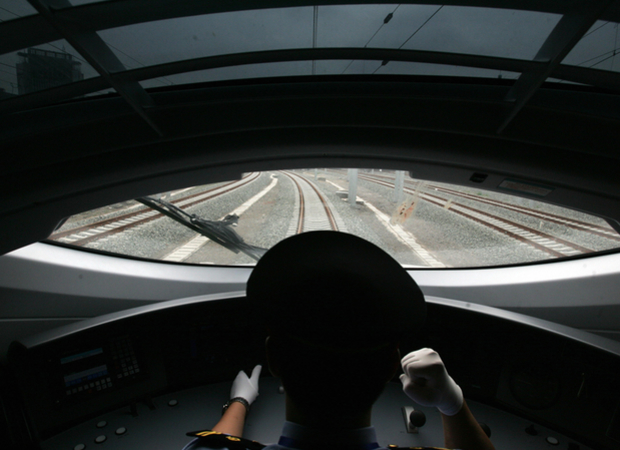
Railroaded into a Fast-Train Technology Trap
The professional dreams of a team of locomotive designers and rail systems engineers sped along steel tracks through the countryside of northeastern China.The year was 2003, and high-speed track testing was under way between the cities of Shenyang...
ChinaFile Recommends
07.09.125 Signs of the Chinese Economic Apocalypse
Foreign Policy
The lights are flickering in the world's economic powerhouse. Although China's outlook may still be positive by, say, European standards, the numbers show that the country's storied growth engine has slipped out of gear. Businesses...
ChinaFile Recommends
07.09.12A Hard Landing?
Barron’s
After three decades of annual growth averaging 10%, China's bullet-train economy is slowing markedly. Economic problems in Europe and the U.S. are stunting export growth, long the primary driver of China's economic miracle. Growth in...
ChinaFile Recommends
07.09.12Is the Chinese Economy Running Out of Steam
New Yorker
John King Fairbank, the father of Chinese studies in America, once described China as a “journalist’s dream and a statistician’s nightmare, with more human drama and fewer verifiable facts per square mile than anywhere else in the world.” These days...
Caixin Media
07.06.12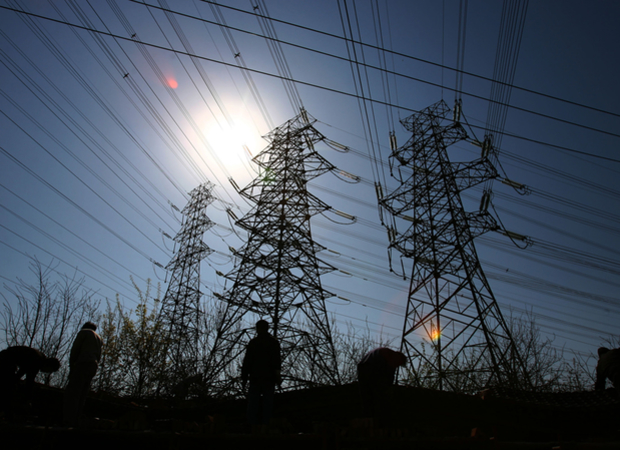
Powering Down Coal-Fired Economic Expansion
Slowing nationwide power demand and coal consumption, twin barometers for economic growth, suggest the Chinese economy may be sailing into the doldrums while at the same time changing its course.Electricity use in May rose a relatively mild 5.2...
ChinaFile Recommends
07.05.12U.S. Files Trade Complaint Against China on Cars
New York Times
The United States filed a trade complaint against China on Thursday for new duties it imposed on American-made cars and trucks. The move came as President Obama kicked off a campaign bus tour through the manufacturing heartland of Pennsylvania and...
ChinaFile Recommends
07.02.12China’s Looming Pension Crisis Spooks Workers
WSJ: China Real Time Report
China faces a pension crisis as its population ages, and that prospect is starting to alarm Chinese workers who are already struggling to pay for education, healthcare and housing. By the time those people who joined the workforce in the 1980s...
Caixin Media
06.29.12
Barclay’s Diamond Offers an Optimistic Vision
A calm, confident Robert Diamond discussed financial restructuring in Europe and economic options for the Chinese government during a June 14 interview—thirteen days before the British bank where he serves as CEO, Barclays Group, was fined for...
Reports
06.25.12
U.S.-China Public Perceptions Opinion Survey 2012
Committee of 100
The re-establishment of U.S.-China relations in 1971 marked a strategic step that ended China’s isolation and transformed the global balance of power. Since that historic milestone, the United States as an established superpower and China as an...
Caixin Media
06.21.12Economist Sees Room for Slashing Taxes
Increasing government spending would be a disservice to society rather than a benefit if Beijing wants to create a consumption-led economy, one economist says in a recent research report.“The so-called ‘structural optimization,’ which refers to...
ChinaFile Recommends
06.14.12Can China's Rust Belt Reinvent Itself?
Foreign Policy
To understand this industrial Chinese city's past, begin with the smoldering crater on the south side of town, an open-pit coal mine as wide as Manhattan and deeper than the height of the Chrysler Building. Known as Haizhou, or "Sea State...
Books
06.12.12
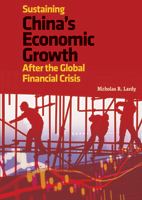
Sustaining China’s Economic Growth After the Global Financial Crisis
The global financial crisis and ensuing economic downturn have raised many questions concerning the future of global economic growth. Prior to the financial crisis, global growth was characterized by growing imbalances, reflected primarily in large trade surpluses in China, Japan, Germany, and the oil exporting countries and rapidly growing deficits, primarily in the United States. The global crisis raises the question of whether the previous growth model of low consumption, high saving countries such as China is obsolete. Although a strong and rapid policy response beginning in the early fall of 2008 made China the first globally significant economy to come off the bottom and begin to grow more rapidly, critics charged that China's recovery was based on the old growth model, relying primarily on burgeoning investment in the short run and the expectation of a revival of expanding net exports once global recovery gained traction.This study examines China's response to the global crisis, the prospects for altering the model of economic growth that dominated the first decade of this century, and the implications for the United States and the global economy of successful Chinese rebalancing. —Peterson Institute for International Economics
Reports
06.11.12
China Invests in Europe
Daniel H. Rosen
Rhodium Group
Europe is experiencing the start of a structural surge in outbound direct investment in advanced economies by Chinese firms. The take-off was only recent: annual inflows tripled from 2006 to 2009, and tripled again by 2011 to $10 billion (€7.4...
ChinaFile Recommends
05.28.12Can China Escape the Low-Wage Trap
New York Times
The news out of China this year has been relentlessly bad. The political system was embarrassed in front of its own people by the Bo Xilai scandal and in front of the world by the Chen Guangcheng incident. The Chinese economy has slowed and its...
ChinaFile Recommends
05.22.12Arthur Kroeber: Bear in a China Shop
Foreign Policy
Time and again, China has defied the skeptics who claimed its unique mixed model -- an ever-more market-driven economy dominated by an authoritarian Communist Party and behemoth state-owned enterprises -- could not possibly endure. Today, those...
Books
05.21.12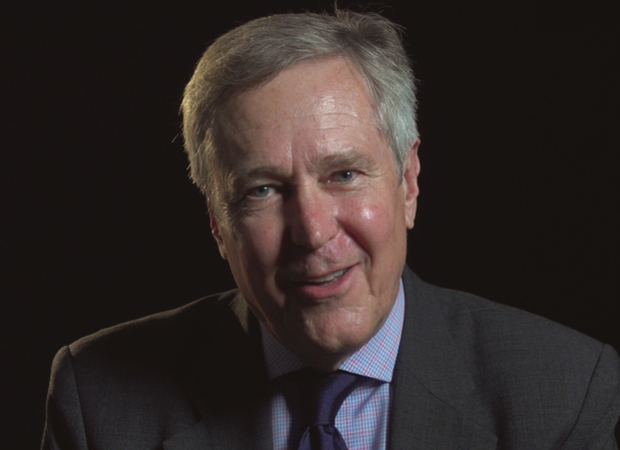

China Airborne
More than two-thirds of the new airports under construction today are being built in China. Chinese airlines expect to triple their fleet size over the next decade and will account for the fastest-growing market for Boeing and Airbus. But the Chinese are determined to be more than customers. In 2011, China announced its Twelfth Five-Year Plan, which included the commitment to spend a quarter of a trillion dollars to jump-start its aerospace industry. Its goal is to produce the Boeings and Airbuses of the future. Toward that end, it acquired two American companies: Cirrus Aviation, maker of the world’s most popular small propeller plane, and Teledyne Continental, which produces the engines for Cirrus and other small aircraft.In China Airborne, James Fallows documents, for the first time, the extraordinary scale of this project and explains why it is a crucial test case for China’s hopes for modernization and innovation in other industries. He makes clear how it stands to catalyze the nation’s hyper-growth and hyper-urbanization, revolutionizing China in ways analogous to the building of America’s transcontinental railroad in the nineteenth century. Fallows chronicles life in the city of Xi’an, home to more than 250,000 aerospace engineers and assembly workers, and introduces us to some of the hucksters, visionaries, entrepreneurs, and dreamers who seek to benefit from China’s pursuit of aerospace supremacy. He concludes by examining what this latest demonstration of Chinese ambition means for the United States and the rest of the world—and the right ways to understand it. —Pantheon Books
Caixin Media
05.02.12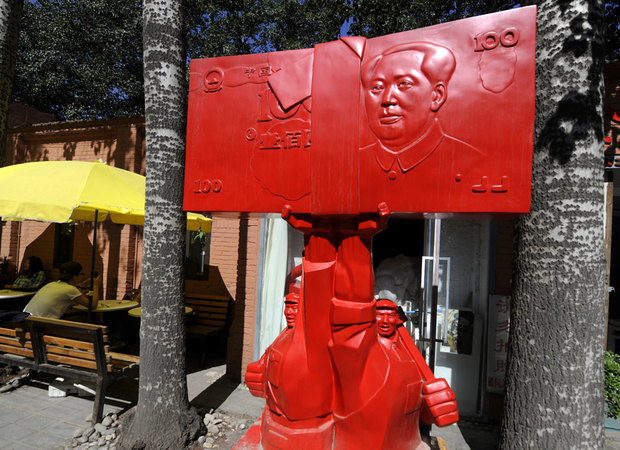
Yearning for the Yuan
London is forging ahead with plans for yuan-based financial services by developing an infrastructure and banking services that match its ambitions for the Chinese currency.On April 18, the city welcomed the first yuan-denominated bond issuance...
Reports
05.01.12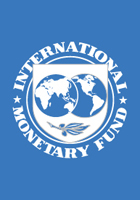
China’s Impact on World Commodity Markets
Luo Xiaoyuan
International Monetary Fund (IMF)
Shocks to aggregate activity in China have a significant and persistent short-run impact on the price of oil and some base metals. In contrast, shocks to apparent commodity-specific consumption (in part reflecting inventory demand) have no effect on...
Reports
05.01.12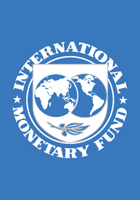
RMB Internationalization: Onshore/Offshore Links
Luo Xiaoyuan
International Monetary Fund (IMF)
Among emerging market currencies, the RMB holds the most potential to become widely used internationally, due to China‘s large economic size, diversified trade structure and network, macroeconomic stability, and high growth rates - both current and...
Sinica Podcast
04.26.12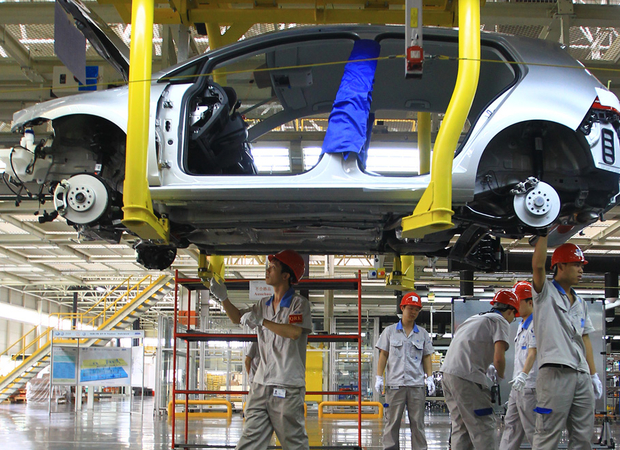
Chinese Industrial Policy and the Automotive Market
from Sinica Podcast
Even as the Beijing Auto Show prepares to toast the Chinese market with its typical mixture of sex and tech, industry insiders have been stunned by recent news showing the market share of domestic Chinese manufacturers falling relative to their...
Caixin Media
04.24.12China’s Tax Burden: A Mysterious Lead Sinker
(Beijing)—In much of the world, admiration and envy are common reactions to China’s consistently high GDP growth rates.
But closer to home, the Chinese public’s admiration of their own economic miracle is shadowed by tax increases that...
Caixin Media
04.19.12Strategic Reserves
(Beijing)—In an odd twist for China’s powerful banks, the biggest state-owned lenders last year started running low on the foreign currency needed for loans to enterprises investing overseas.“Some commercial banks suspended U.S. dollar loans” after...
Books
04.13.12
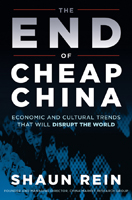
The End of Cheap China
Many Americans know China for manufacturing cheap products, thanks largely to the country's vast supply of low-cost workers. But China is changing, and the glut of cheap labor that has made everyday low prices possible is drying up as the Chinese people seek not to make iPhones, but to buy them. Shaun Rein, Founder of the China Market Research Group, puts China's continuing transformation from producer to large-scale consumer - a process that is farther along than most economists think - under the microscope, examining eight megatrends that are catalyzing change in China and posing threats to Americans' consumption-driven way of life. Rein takes an engaging and informative approach to examining the extraordinary changes taking place across all levels of Chinese society, talking to everyone from Chinese billionaires and senior government officials to poor migrant workers and even prostitutes. He draws on personal stories and experiences from living in China since the 1990s as well as hard economic data. Each chapter focuses on a different aspect of China's transformation, from fast-improving Chinese companies to confident, optimistic Chinese women to the role of China's government, and at the end breaks down key lessons for readers to take away. —John Wiley & Sons, Inc.
Caixin Media
04.01.12China’s African Challenge
Roughly 1 million Chinese nationals are working or doing business in Africa, from Egypt’s Mediterranean shore to the Cape of Good Hope.Theirs are the faces behind China’s soaring direct investment in Africa, which, according to the Ministry of...
Reports
04.01.12
Is China Slowing Down?
American Enterprise Institute for Public Policy Research
With problems in the manufacturing, housing, and export sectors in China, we will likely see slower gross domestic product growth for the world’s second largest economy in 2012. China’s leadership is changing for the first time in a decade, and its...
Caixin Media
03.29.12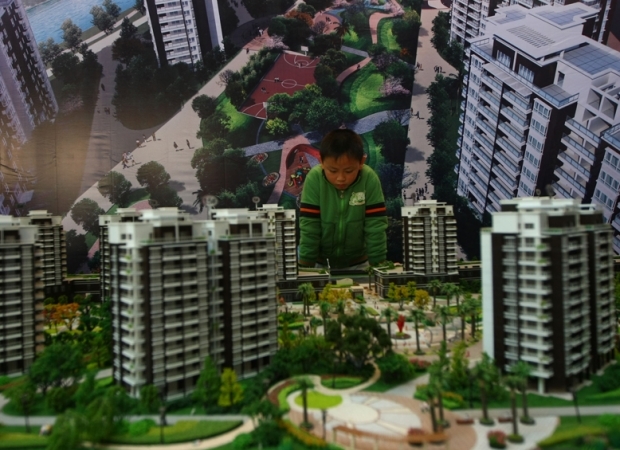
Give Wenzhou What It Needs
The development of China's private economy requires financial support, especially private financial support. Wenzhou is the home of the private economy. With 99.5 percent of companies falling into the category of small and micro enterprises,...
Books
03.28.12
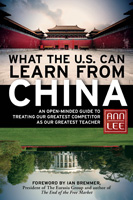
What the U.S. Can Learn from China
Mainstream media and the U.S. government regularly target China as a threat. Rather than viewing China’s power, influence, and contributions to the global economy in a negative light, Ann Lee asks: What can America learn from its competition? Why did China suffer so little from the global economic meltdown? What accounts for China’s extraordinary growth, despite one of the highest corporate tax rates in the world? How does the Chinese political system avoid partisan rancor but achieve genuine public accountability? From education to governance to foreign aid, Lee details the policies and practices that have made China a global power and then isolates the ways the United States can use China’s enduring principles to foster much-needed change at home.This is no whitewash. Lee is fully aware of China’s shortcomings, particularly in the area of human rights. She has relatives who suffered during the Cultural Revolution. But by overemphasizing our differences with China, the United States stands to miss a vital opportunity. Filled with sharp insights and thorough research, What the U.S. Can Learn from China is Lee’s rallying cry for a new approach at a time when learning from one another is the key to surviving and thriving. —Berrett-Koehler
Reports
02.20.12
China’s Banking System: Issues for Congress
Peony Lui
Congressional Research Service
China’s banking system has been gradually transformed from a centralized, government-owned, and government-controlled provider of loans into an increasingly competitive market in which different types of banks, including several U.S. banks, strive...
Sinica Podcast
01.13.12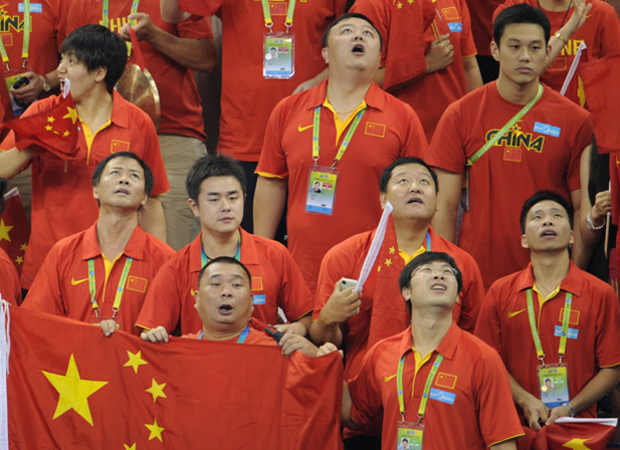
Year-End Roundup
from Sinica Podcast
It was the year of the housing market (up then down), Ai Weiwei’s imprisonment, Wukan, the Wenzhou train crash, air pollution, gutter oil, tainted milk, clenbuterol, China bulls and bears, government transparency, the soaring price of Maotai, Guo...
Reports
01.06.12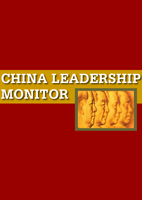
Macroeconomic Policy to the Forefront: The Changing of the Guard
He Jianan
China Leadership Monitor
Worries continue to swirl around the Chinese and global economies, and China’s growth is slowing at the end of 2011. However, the news from China in the third quarter of 2011 was basically positive: inflationary pressures eased while growth slowed...
Environment
01.01.12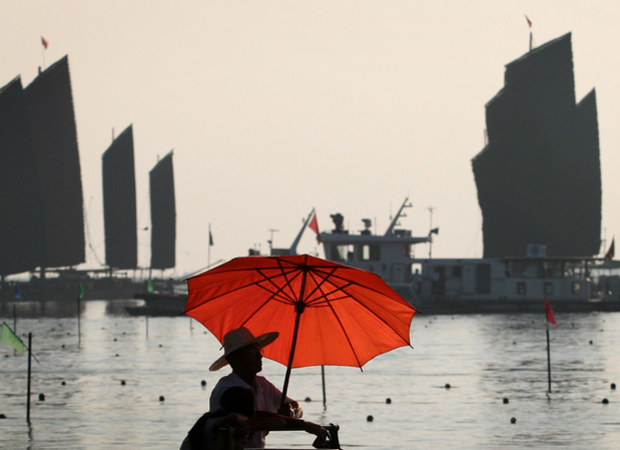
China’s Rising Consumer Class Sparks Climate Change Fears
TUOJIA VILLAGE, China—When you think about China’s growing greenhouse gas emissions, you probably don’t think of people like Zhang Chao or his father Zhang Dejun. Zhang Chao, a thirty-five-year-old middle school teacher living in small city in...
Sinica Podcast
12.02.11
The Bears Are Back in Town
from Sinica Podcast
Falling housing prices, soaring inflation, and an export market peering over the brink of what seems a cataclysmic abyss. If you’ve been following the economic news lately, you can be forgiven for being overwhelmed by the chorus of bearish voices...
Reports
11.16.11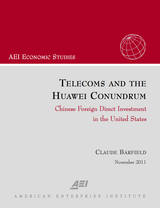
Telecoms and the Huawei Conundrum
American Enterprise Institute for Public Policy Research
The Chinese company Huawei has emerged as the second-largest telecommunications equipment company in the world. It operates in 140 countries around the globe, providing equipment, software, and services to forty-five of the world’s fifty largest...
The NYRB China Archive
11.10.11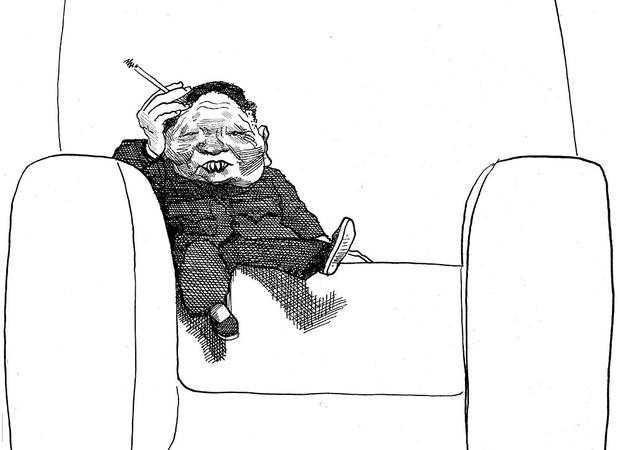
The Real Deng
from New York Review of Books
When a scientific experiment uncovers a new phenomenon, a scientist is pleased. When an experiment fails to reveal something that the scientist originally expected, that, too, counts as a result worth analyzing. A sense of the “nonappearance of the...
Reports
11.10.11
Taiwan and East Asian Regionalism
American Enterprise Institute for Public Policy Research
With a population of only 23 million, Taiwan boasts a gross domestic product of $822 billion, which ranks 19th among the world’s economies. It is the fourth largest economy in Asia. Real GDP per capita increased by roughly 130 percent from 1995 when...
The NYRB China Archive
11.09.11Making It Big in China
from New York Review of Books
Jianying Zha describes China as “way too big a cow for anyone to tackle in full.” Therefore, Ms. Zha says, she omits “the rural life, the small-town stories, the migrants working in huge manufacturing plants…continued poverty in parts of interior...
Reports
11.03.11
Foreign Direct Investment, Corruption and Democracy
American Enterprise Institute for Public Policy Research
How do factors such as corruption perception and the level of democracy influence foreign direct investment to developing economies? The authors of this paper suggest that less corrupt countries and less democratic countries receive more foreign...
Reports
11.01.11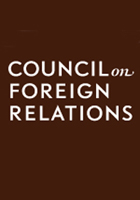
Internationalizing the Renminbi and China’s Financial Development Model
He Jianan
Council on Foreign Relations
Internationalization was a spontaneous outcome of the marketplace for the rest of the world’s major currencies, but China is breaking with history by making it official policy to steer the renminbi on a path toward reserve currency status. However,...
Reports
11.01.11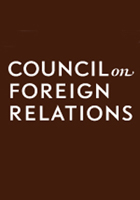
Historical Precedents for Internationalization of the RMB
He Jianan
Council on Foreign Relations
The twentieth century saw the rise of the US dollar, the German mark, and the Japanese yen as international currencies. Now the Chinese renminbi is on a similar course toward reserve currency status, but its path is deviating from those of its...
Reports
11.01.11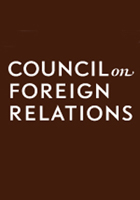
The Future of International Liquidity and the Role of China
He Jianan
Council on Foreign Relations
Financial crises in the 1930s and 1970s showed the world that economic instability results when demand for international liquidity allows a small number of countries to run up massive debts in their own currencies. Named for the economist who first...
Reports
11.01.11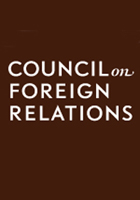
The Internationalization of the RMB: Opportunities and Pitfalls
He Jianan
Council on Foreign Relations
China is making swift strides toward internationalizing its currency, the renminbi, but it must be careful when sequencing these changes. Without the proper reforms, wide-open Chinese financial markets would be vulnerable to massive flows of foreign...
Reports
11.01.11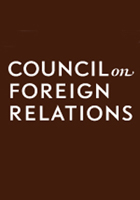
What Drives CNH Market Equilibrium?
He Jianan
Council on Foreign Relations
The recent rapid growth of the offshore renminbi market presents a puzzle for analysts of China's development strategy. By allowing renminbi to flow offshore uncontrolled before loosening government controls over internal financial markets,...
Reports
11.01.11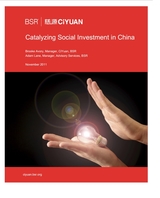
Catalyzing Social Investment in China
BSR
In May 2008, an earthquake hit the western Chinese province of Sichuan, taking 80,000 lives and displacing millions of others. The earthquake inspired an increase in donations from RMB13.3 billion in 2007 to RMB76.4 billion in 2008 and highlighted...
Reports
10.25.11
The Asia-Pacific Economic Cooperation (APEC) Meetings in Honolulu: A Preview
Peony Lui
Congressional Research Service
The United States will host the Asia-Pacific Economic Cooperation’s (APEC’s) 19th Economic Leaders’ Meeting in Honolulu, HI, on November 12 & 13, 2011. APEC was founded in 1989 to facilitate trade and investment liberalization in the Asia-...
Reports
09.30.11
China-U.S. Trade Issues
Peony Lui
Congressional Research Service
U.S.-China economic ties have expanded substantially over the past three decades. Total U.S.-China trade rose from $2 billion in 1979 to $457 billion in 2010. Because U.S. imports from China have risen much more rapidly than U.S. exports to China,...
Reports
09.28.11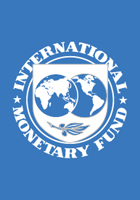
Hong Kong’s Recovery from the Global Financial Crisis
International Monetary Fund (IMF)
Hong Kong’s economy was severely affected by the global financial crisis (through both trade and financial channels). A recovery is now underway, fueled by growth on the Mainland, supportive policies, and accommodative monetary conditions imported...
Reports
09.28.11
Market Integration in China
World Bank
Over the last three decades, China's product, labor, and capital markets have become gradually more integrated within its borders, although integration has been significantly slower for capital markets. There remains a significant urban-rural...
Reports
09.28.11
Growth Poles and Multipolarity
World Bank
This paper develops an empirical measure of growth poles and uses it to examine the phenomenon of multipolarity. The authors formally define several alternative measures, provide theoretical justifications for these measures, and compute polarity...
Reports
09.26.11
China’s Holdings of U.S. Securities: Implications for the U.S. Economy
Peony Lui
Congressional Research Service
Given its relatively low savings rate, the U.S. economy depends heavily on foreign capital inflows from countries with high savings rates (such as China) to meet its domestic investment needs and to fund the federal budget deficit. The willingness...
Reports
08.30.11
Asian Alliances in the 21st Century
American Enterprise Institute for Public Policy Research
Asia will become the epicenter of geopolitical activity in the 21st century and the budding U.S.-China security rivalry, conditioned by deep economic interdependence, will shape the region’s future. Perhaps the greatest benefactor of American policy...
Sinica Podcast
08.12.11
The Schadenfreude Podcast
from Sinica Podcast
Last week must have felt good for embattled Chinese patriots. Not only did the United States lose its coveted triple-A rating from Standard and Poor’s, but months after unrest in the Middle East sparked renewed speculation about political...
Reports
08.01.11
Measuring the Economic Gain of Investing in Girls
World Bank
This report discusses the economic impact of the exclusion of girls from productive employment in developing countries. The paper explores the linkages between investing in girls and potential increases in national income by examining three widely...
Reports
07.27.11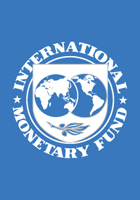
China’s Macroeconomic Rebalancing
International Monetary Fund (IMF)
In May and June 2011, an International Monetary Fund staff team held discussions in Chengdu, Shanghai, and Beijing, which this report documents. The consultation examined China’s macroeconomic outlook, the potential for a property price bubble, the...
Reports
07.26.11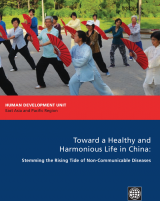
Toward a Healthy and Harmonious Life in China
World Bank
China’s 12th five-year plan (2011-2015) aims to promote inclusive, equitable growth and development by placing an increased emphasis on human development. Good health is an important component of human development, not only because it makes people’s...
Reports
07.01.11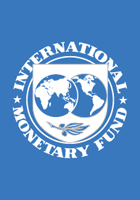
People’s Republic of China: Spillover Report for the 2011 Article IV Consultation and Selected Issues
International Monetary Fund (IMF)
This report discusses the outward effects of China’s economic policies on the rest of the world. The report does not try to capture the full extent and historical significance of China’s new influence on the world economy. Rather, it focuses on a...



